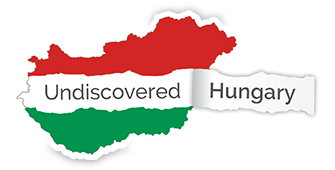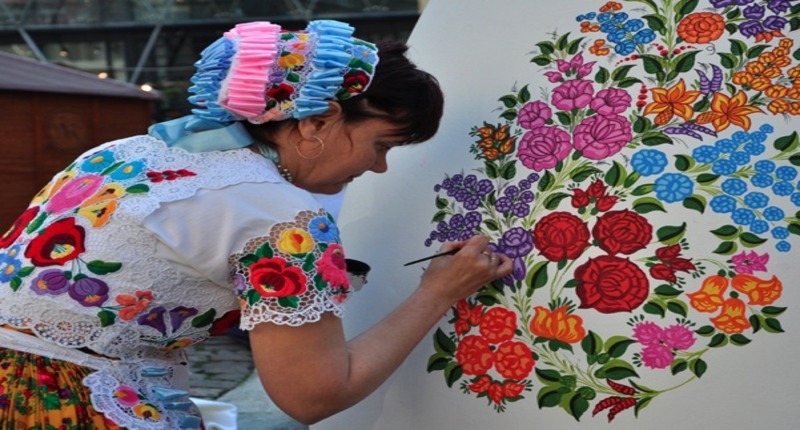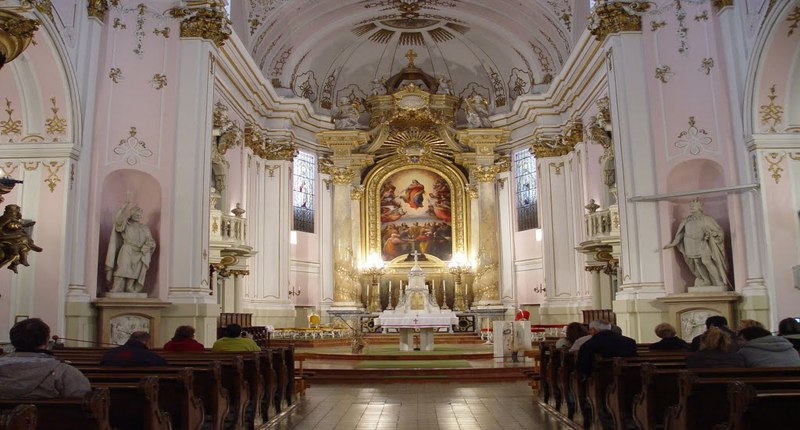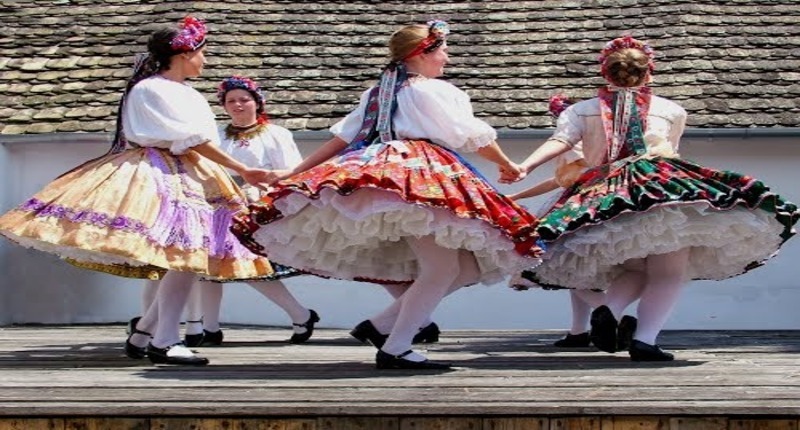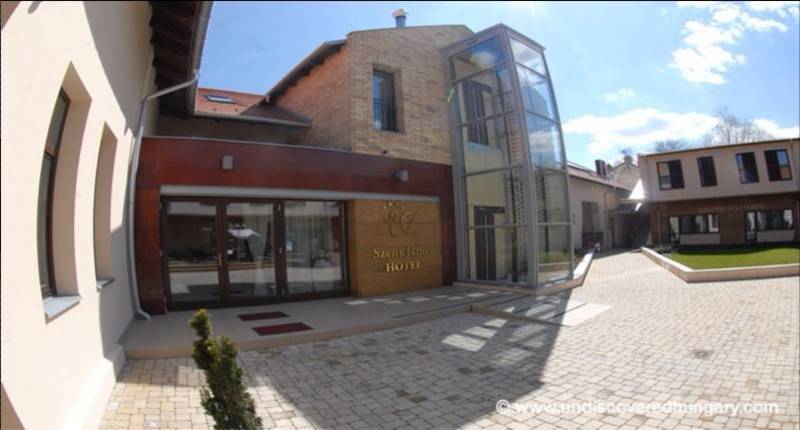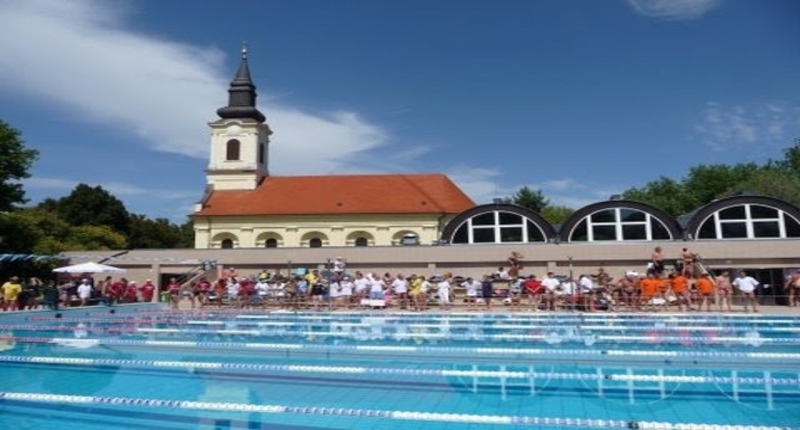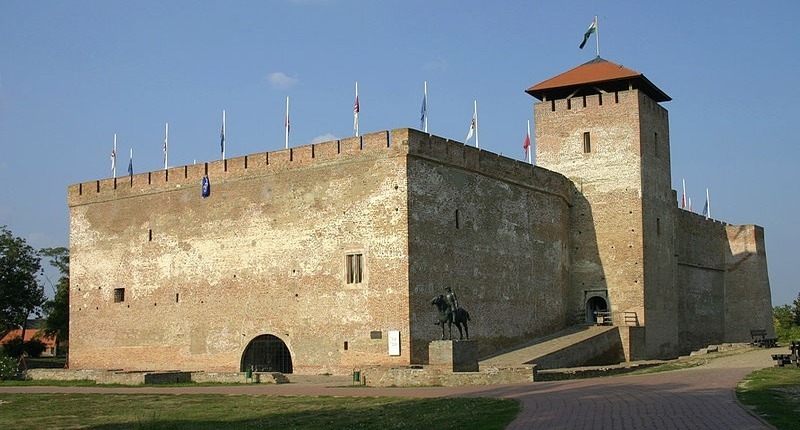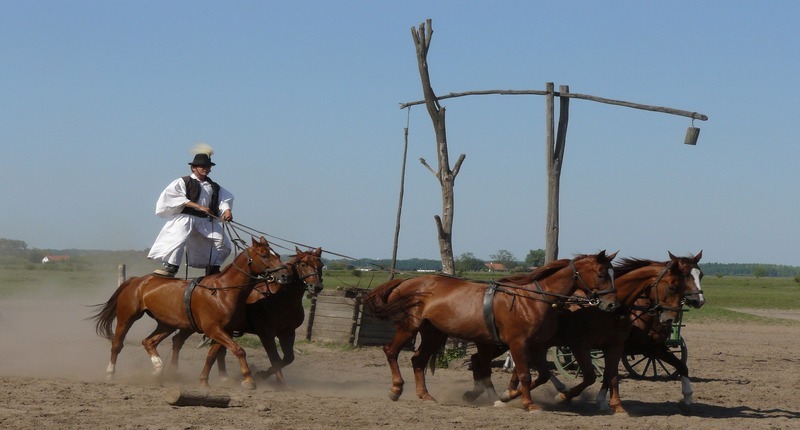Kalocsa
More information
The Baroque provincial town in the Great Plain lies approximately 118 km (73 mi) south of Budapest on the east side of the Danube.
We are organising tours from Budapest in our comfortable minibus with our friendly, English speaking driver. Please write to us if interested to: contact@undiscoveredhungary.com
Embroidery of Kalocsa
The embroidery of Kalocsa belongs to folk embroidery groups which uses freehand drawings and mixed style of stitching. This also means that in its peculiar style it is not bound to any form or colour. The character of the original folk embroidery of Kalocsa is, that in drawing and in colour the same motifs twice can't appear. There is no well known folk artist in Kalocsa who will repeat exactly a motif. If on an embroidery of Kalocsa the pattern is symmetrical and the motif repeats itself it is not an original pattern.
Wall painting (Pingálás)
Wall-painting is done with simple paint mixing with milk. The art of wall-painting can be found in Hungary only in Kalocsa and its region. According to contemporary descriptions the women decorated the upper part of the whitewashed walls of rooms and kitchens with streaks in many colours and painted colourful flowers on them. Also the oven made of mud and whitewashed was richly decorated. Similar decorations were applied under the eves too. At first, they painted plain tiny floral design on this streaks, later the decorated surface grew in dimension and the motives became richer. The oldest and most favoured decorations are the rose and tulip with fiery and brilliant colours. The women of Kalocsa paint without any preliminary sketch, with steady hand and inexhaustible imagination the most wonderful flowers on the wall, and their art - which is one of the most beautiful sprout of woman's artistry - attracts many admirers.
It takes about 30-40 minutes to visit the Library, Treasury and the Paprika Museum, taking a stroll between the buildings about two hours. It is very rewarding to pay a visit to the Cathedral, one of the most beautiful baroque churches in Hungary, enjoy a musical experience listening to Angster organ concerto appreciated very much by Liszt Ferenc. There is a chance to have a pleasant relaxation strolling in the archbishop’s garden, the greatest park in the city.
History of the town
The town is almost as old as the Hungarian state itself. After the Conquest, the tribe of Prince Árpád settled down here. Later Kalocsa was an archdiocese founded by King Stephen in the early years of the Hungarian state.
The first archbishop of the town was Asztrik, who brought the crown to Stephen from the Pope. In the first decade of the 11th century, the first church was built. In the Middle Ages history of Hungary, some generals served as archbishops. For example, Ugrin Csák (archbishop from 1219 till 1241) was the leader against the Tartars at the battle of Mohi 11 April 1241. Another significant general was Pál Tomori who was (archbishop from 1523–1526) the leader of the Hungarian army against the Turks. He was killed in an action at the battle of Mohács.
The Turks entered Kalocsa on August 15, 1529. With people of the town dispersed, nobody cultivated the lands, and the archiepiscopal status lost its importance. In 1602, Hungarian Calvinistic Haiduk burned down Kalocsa. After the 148 years lasting rule, on 13 October 1686 the Turks burnt down the castle of Kalocsa and withdrew their troops. Peace was delayed because of the uprising against the Habsburgs led by the Transylvanian Prince Ferenc Rákóczi II.
The returned archbishops tried to increase the population and attracted new residents. Cardinal Imre Csáki (1710–1732) recovered the lands for Kalocsa and its neighbours. They organized a large (about 23,000 hectares) territory, including marshlands, gardens, and vineyards near Kalocsa.
In the 18th century, the villeinage held the lands. The next class were the craftswomen and craftsmen. The first charter of incorporation was mentioned in 1737 in Kalocsa. In 1769 a total of 90 craftswomen and men lived in the town. Because of the clergy and the schools, the population had many educated people. Kalocsa became a centre in Hungary again but it did not recover the stature it had before the Ottoman invasion and occupation.
The industrial development of the 19th and 20th century did not come to Kalocsa. The railway was built too late, in 1882. Furthermore in 1886 the town lost its rank of town, which was given back in 1921. Two great archbishops of the second part of the 19th century (József Kunszt 1851–1866 and Lajos Haynald 1867–1891) founded schools, so Kalocsa kept its importance.
At the beginning of the 20th century, the peasants were working for the archbishop or as navvies. During the counter-revolution of the Hungarian Soviet Republic, 20 people were hanged in the main street of the town.
For ideas on accommodation in the area click "book now". You don't have to pay in advance but when you arrive. Free cancellation.
